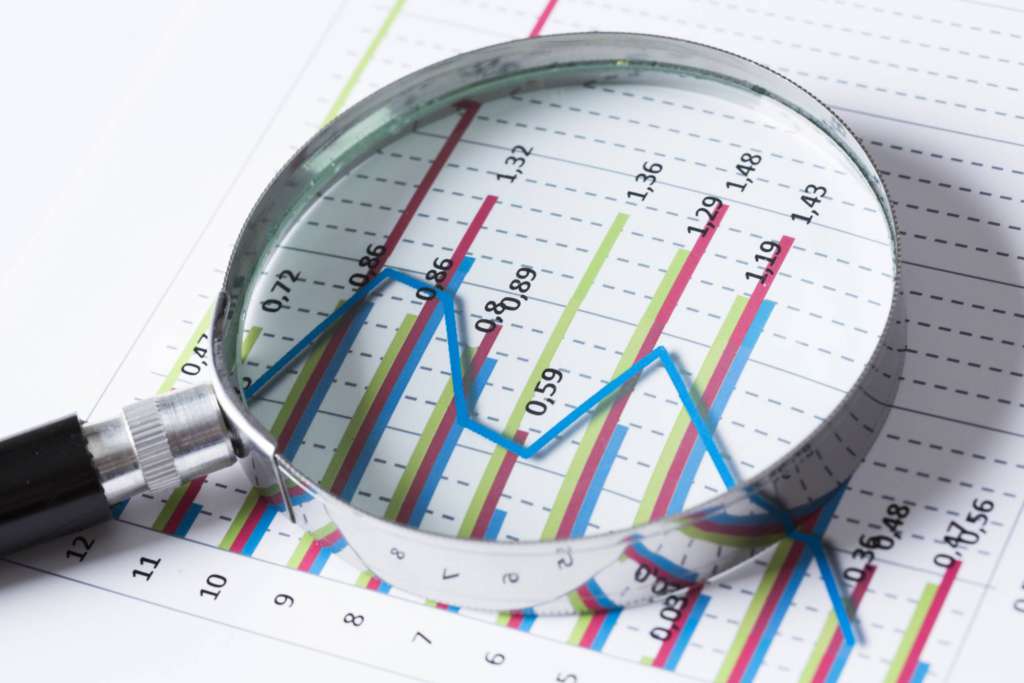Advanced Excel Skills for Fashion Purchasing Managers: Quick, Easy, Useful



As a purchasing manager in a substantially engaged fashion enterprise, procuring supplies and services is the foremost responsibility that takes a significant amount of time. Well, this is what the world perceives. On the flip side, inventory managers have more things on their plate that require precision and practical data management. The fashion world thrives on an ingenious artistic outlook and innovative vision. But certain jobs have a different side that demands technical skills.
For a job that involves the thorough assessment of sale-purchase data every day, MS Excel is an integral tool. However, one can’t always rely on hackneyed Excel tools and practices to carefully manage the myriad of data. There are several advanced Excel skills for purchasing managers in the fashion industry that can streamline the inventory data more accurately. Some of these MS Excel skills have been explained below:
1. Implementation of a Forecast
Data forecasting as a preparatory measure sounds like something purchasing managers can use to bring efficiency to their work. A simple forecasting formula adjusted according to requirements can provide operational estimates. This skill includes the mathematical analysis of the existing data to create suggestions and alerts across various business functions. These details include inventory needs, sales trends, consumer choices, etc.
2. Conditional Formatting for Trend Analysis

Conditional formatting is one of the most used tools in Excel. Everyone has used this tool at least once in their professional life. A purchasing manager just needs to first click on ‘Format’ and then on ‘Conditional Format’. He/she can then customize the rules to create conditions and present the data well. Emphasizing specific data values and highlighting existing trends are significant reasons this is considered a crucial part of advanced Excel skills.
3. Pivot Table for Prominent Details
Purchasing managers often go through a plethora of databases while managing the inventory or overviewing past purchases. This not-so-infinitesimal part of their job can be done faster with advanced Excel skills, including pivot tables. With the help of a pivot table, categorizing data in tables becomes quicker. Therefore, professionals use this tool to evaluate a large amount of data quickly.
4. VLOOKUP for Optimal Accuracy
As the name suggests, familiarity with this advanced Excel tool can help a purchasing manager find related data within a table. When searching for all values around a particular number or date, one does not need to assess the entire table to pick similar values simultaneously. To master this advanced Excel skill, purchasing managers can add an extra column in the worksheet and insert this function to extract the data they need.
5. Accuracy Assurance with IF Statement
Who would have thought that a word causing confusion and dilemma in real life can be put to good use in professional life? The correct implementation of the IF statement is an advanced Excel skill that offers the assurance of accuracy to a purchasing manager. With this tool, one can apply the ‘If True’ and ‘If False’ tests and evaluate the data without inadvertently introducing errors in the worksheet.
6. COUNT and COUNTIF Functions

COUNT is one of the essential Excel functions that we use daily to count the number of cells in a sheet. But COUNTIF is an enhanced version of the same tool that lets supply managers divide the data while counting the cells. Purchasing managers in a fashion organization can use this Excel technique to estimate specific trends or supplies that might affect other data concurrently.
7. SUMIF and AVERAGEIF for Extraordinary Management
As one can assume, SUMIF and AVERAGEIF are the advanced versions of the original functions. We all know what SUM and AVERAGE mean in Excel. SUMIF and AVERAGEIF can help inventory managers circumscribe certain data in the worksheet and draw results accordingly. Using this formula in Excel, purchase managers can set the range while recalling the total count of supplies and expenses. SUMIF and AVERAGEIF can be applied on numerous columns and cells to make complex calculations easy and quick.
8. Graph Creation for Visual Analysis
The job of a purchasing manager in the fashion industry cannot be considered downright dull, especially if they are familiar with graph representation on an Excel sheet. Supply chain management involves several functions where managers need to present data using visual aids. In Excel, graphs can present information to communicate key statistics.
9. Transpose & Concatenate Functions for Data Adjustment
Transpose function lets purchasing managers convert lower rows in columns and last columns in rows in the sheet as per their preference. This fantastic tool eliminates the need to make major changes using Ctrl C + Ctrl V in the sheet with just a click. Apart from this, the CONCATENATE function is an excellent technique to merge two different text-filled columns without rewriting the data. To implement this function, one needs to create a new column and then put +CONCATENATE syntax in the function bar with column names in a bracket. Drag the cursor to apply the rule uniformly on all rows.
10. Table Formatting for Effective Database Ranging
Table formatting might sound like an ordinary Excel skill, but a purchasing manager can get many benefits from this command. Since the arrangement allows the table to expand gradually, supply managers can keep adding data without introducing extra cells in the sheet. Highlighted column headers define the type of data on which managers are working and making operational decisions consequently.
11. Advanced Filters for a Powerful Presentation

As purchasing managers in a fashion enterprise, professionals need to manage vast data. Like other Excel tools, the advanced filter is a useful function. It gives them the power to access the information and deliver valuable insights simultaneously. This form of scalability comes in handy when presenting records to stakeholders on a big screen in the conference room.
12. MAX, MIN, & ROUND functions for Faster Data Extraction
Select any date range in the Excel worksheet and extract the required details using MAX and MIN functions. All one needs to do is highlight the row or column to examine the data. Then insert these functions and find out the lowest/highest values in the sheet. In addition to this simple extraction method, one can also consider using the ROUND function. With this tool, one can round up the decimals with a click. One need not type the numbers on the sheet again.
Conclusion and CTA:
A purchase manager in the fashion industry can apply advanced Excel skills to manage a large amount of data for decision-making. To learn more about business operations in the fashion industry and find comprehensive resources for a fashion venture, visit Fashinza.



















